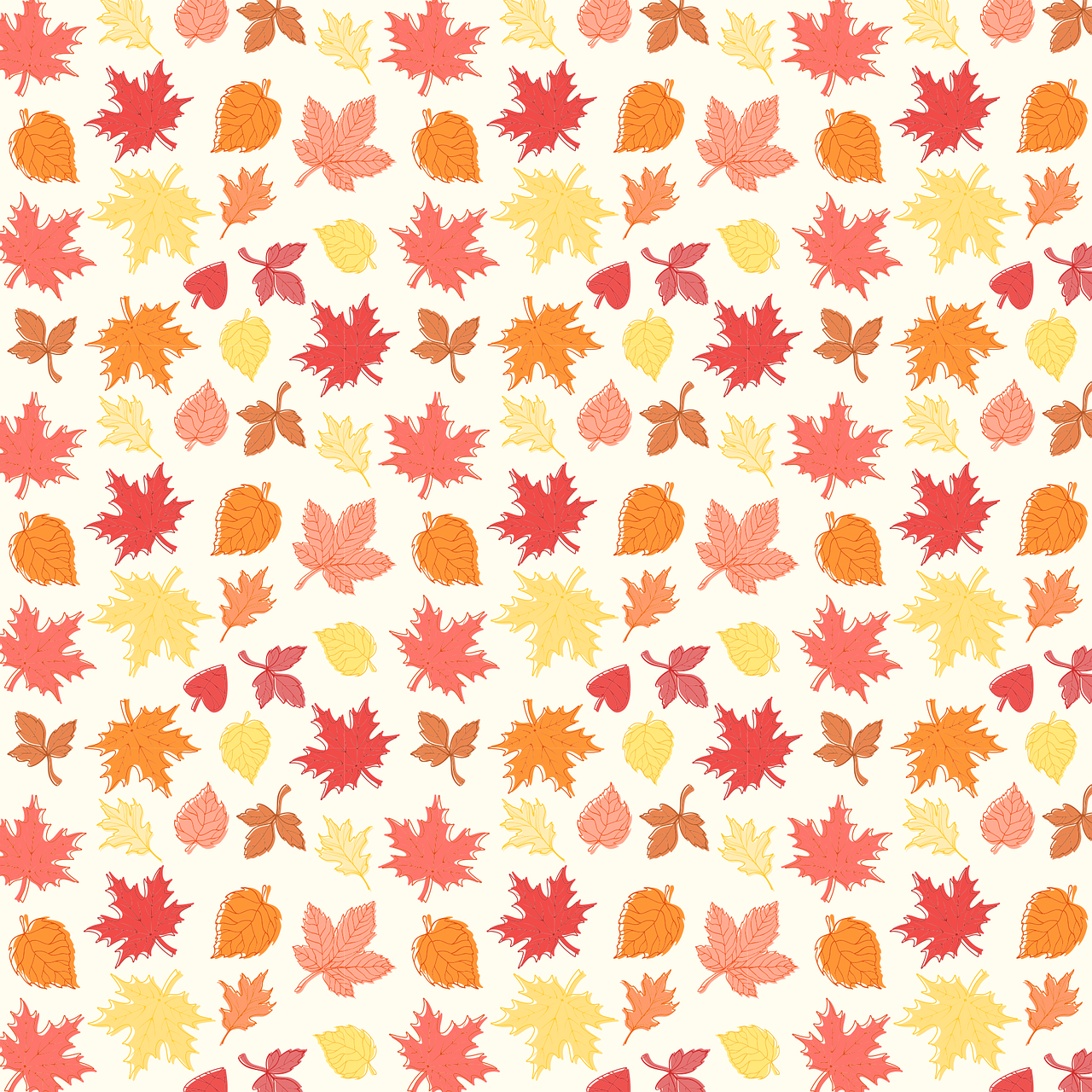Painting and wallpapering are two popular ways to add a fresh look to any room in your home. Painting is often the easiest and most cost-effective way to change the color scheme of a room, while wallpapering can provide a more textured and intricate design. Both of these home improvement projects can be done as a DIY project, although wallpapering can be a bit more challenging for beginners.
Painting
Painting is a popular choice for many homeowners due to its versatility and ease of application. Whether you are looking to update a room’s color scheme or refresh worn-out walls, painting can be an effective solution. Here are some tips to keep in mind when embarking on a painting project:
- Prep Work
Before you start painting, it is crucial to properly prepare the surface you plan to paint. This involves cleaning the walls to remove any dirt or debris and filling in any cracks or holes with spackle. Sand the surface once the spackle has dried to ensure a smooth finish. Additionally, apply painter’s tape to the edges and trim to prevent unwanted paint drips.
- Choosing the Right Paint
There are countless types of paint available on the market, each with its own unique properties. It is important to choose a paint that is appropriate for your project. For example, high-gloss paint is perfect for high-traffic areas, while matte or eggshell finishes are better suited for areas with less foot traffic.
- Painting Technique
To achieve a professional-looking finish, it is essential to apply paint using the correct technique. Begin by using a brush to cut in around edges and trim, then switch to a roller to apply paint to larger surfaces. Roll the paint on in a “W” or “M” shape to avoid roller marks and ensure even coverage.
Wallpapering
While wallpapering may seem like a daunting task, it can add depth and texture to a room that paint cannot achieve. Here are some key points to keep in mind when wallpapering:
- Prep Work
As with painting, proper preparation is essential when wallpapering. Ensure that the walls are clean, dry, and free of any debris. Fill in any holes or cracks with spackle and sand the surface once it has dried. Additionally, remove any old wallpaper or adhesive before starting your new project.
- Choosing the Right Wallpaper
There are many types of wallpaper available, ranging from traditional paper to vinyl and even fabric. Consider the room’s intended use and the wallpaper’s durability when selecting a material. Additionally, take into account the pattern and color of the wallpaper to ensure it complements the room’s existing decor.
- Installation Technique
Wallpaper installation can be tricky, but with the proper technique, anyone can achieve professional-looking results. Begin by measuring the height of your walls and cutting the wallpaper to the appropriate length. Apply adhesive to the back of the wallpaper, then press it onto the wall, starting from the top and working your way down. Smooth out any bubbles or wrinkles using a wallpaper brush.
Conclusion
In summary, both painting and wallpapering are viable options for updating your home’s decor. When deciding between the two, consider your personal preferences and the practicality of each option. Additionally, be sure to properly prepare your walls before beginning any project and choose the appropriate materials for your needs. By following these guidelines, you can complete your painting or wallpapering project and enjoy the refreshed look of your home.zy

